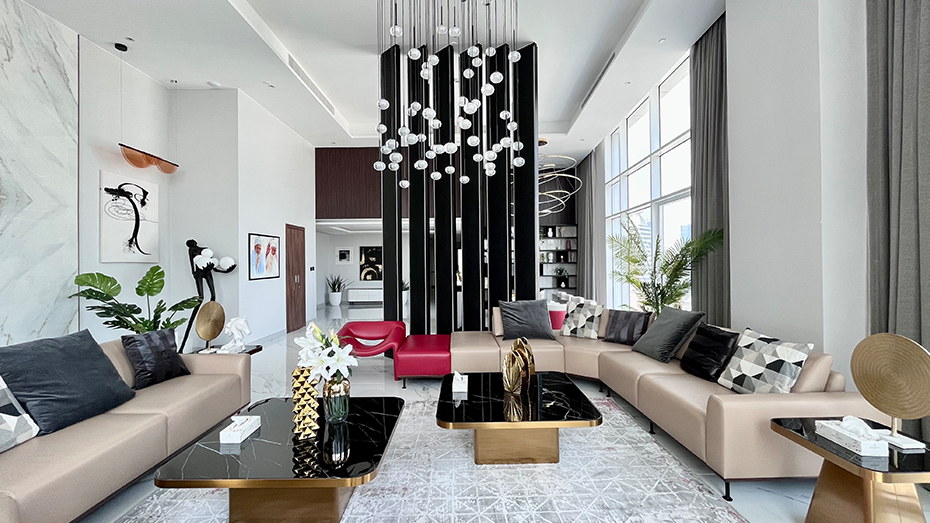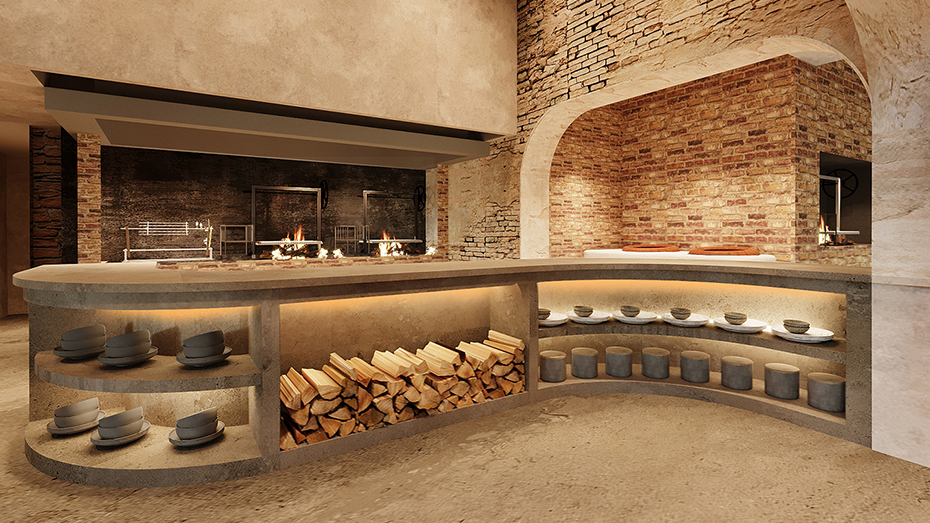“Our most successful projects invariably come from those where our fit out partners were involved from concept development, not just implementation.”

“VR has transformed our conversations with contractors. When they can experience the intent behind a design decision rather than just reading measurements, their input becomes infinitely more valuable.”


